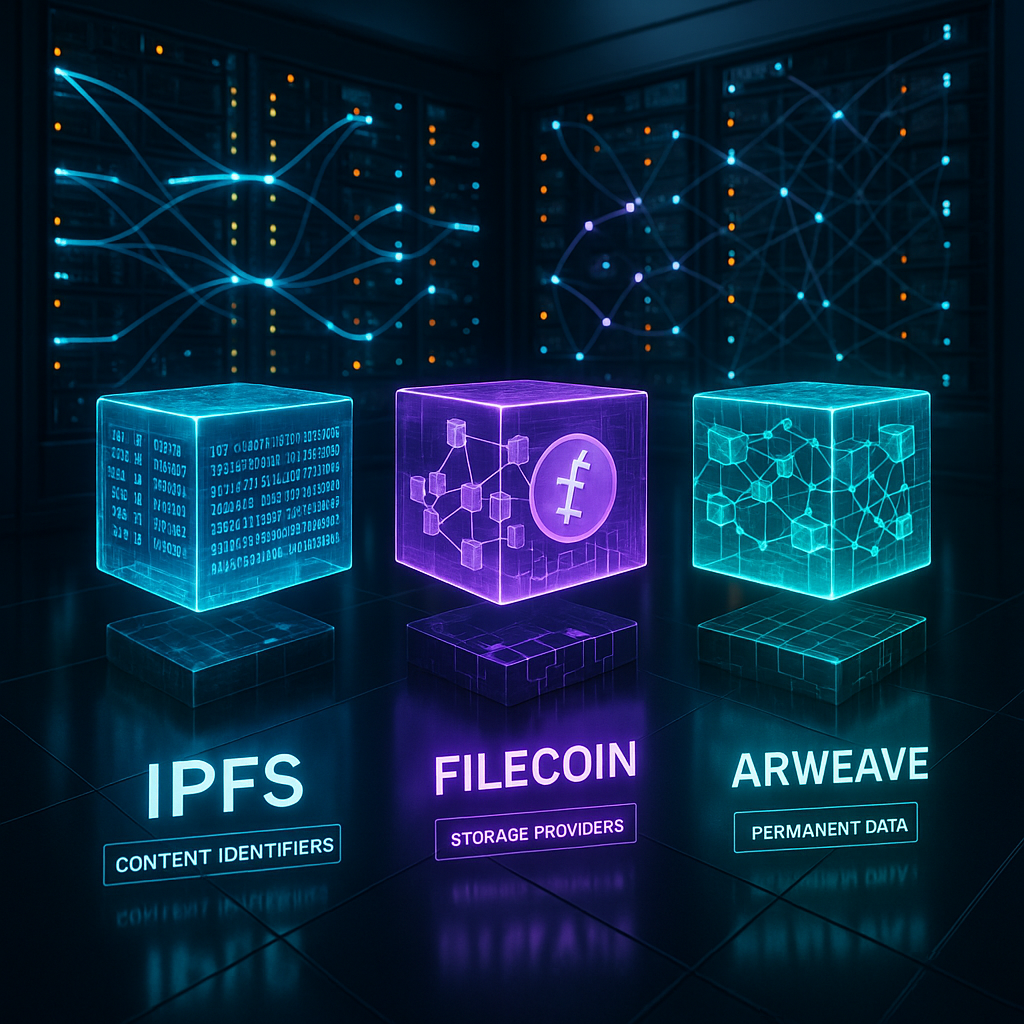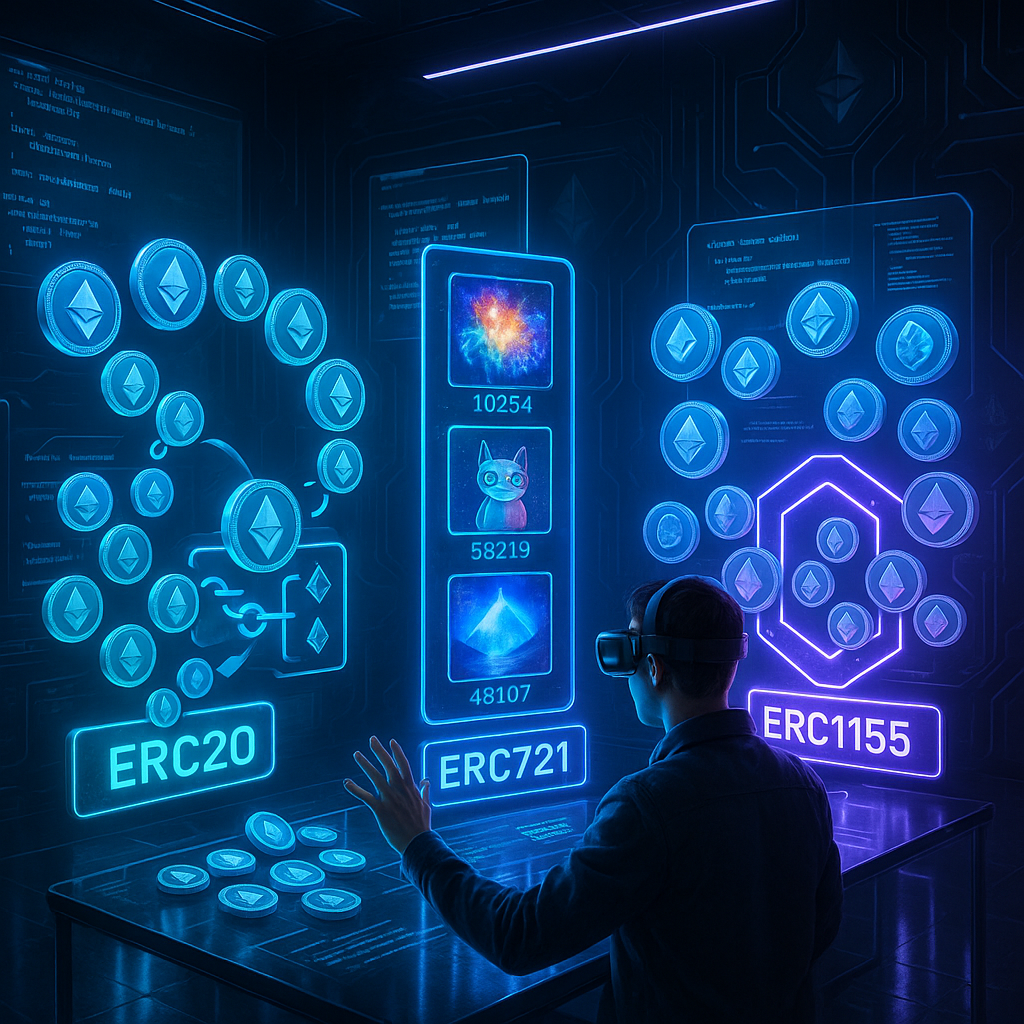Technology
-

Layer 3 Blockchain Explained: The Future of Scalability & Superchain Architecture
.
Key Takeaways Layer 3 solutions transcend scalability, enabling deep customization. Unlike Layer 2 protocols, Layer 3 (L3) frameworks empower developers to create blockchain networks tailored to unique industry requirements, such as gaming, decentralized finance (DeFi), privacy, logistics, and supply chain…
-

ZK vs Optimistic Rollups: In-Depth Layer 2 Comparison for Ethereum Scaling
.
Key Takeaways ZK rollups deliver instant finality for lightning-fast settlements: Using cryptographic validity proofs, ZK rollups confirm transactions on Ethereum’s base layer as soon as proofs are posted. This enables near-instant withdrawal and reduces uncertainty for time-sensitive use cases such…
-

CBDC vs Stablecoins: AI-Powered Security, Analytics & Business Benefits Explained
.
Key Takeaways As businesses navigate the rapidly evolving world of digital currencies, understanding the relationship between artificial intelligence and blockchain technology is crucial, especially when comparing central bank digital currencies (CBDCs) and stablecoins. This article explores how cutting-edge AI applications…
-

Blockchain Oracles Explained: How Decentralized Oracles Secure Smart Contract Data
.
Key Takeaways Oracles unlock real-world utility for smart contracts. Blockchain oracles connect decentralized applications to off-chain data, enabling smart contracts to react to events and information from outside the blockchain in real time. Decentralized oracles thwart single points of failure….
-

Polkadot vs Cosmos vs Avalanche: Cross-Chain Interoperability & Wrapped Tokens Compared
.
Key Takeaways As blockchain ecosystems evolve, secure, efficient, and truly interoperable networks have become the foundation of Web3 infrastructure. Comparing Polkadot, Cosmos, and Avalanche offers essential insights into how cross-chain interoperability and wrapped token technologies are shaping the future of…
-

Polkadot vs Cosmos vs Avalanche: A 2025 Guide to Cross-Chain Interoperability
.
Key Takeaways Cosmos champions sovereignty with IBC flexibility: Cosmos empowers builders to launch fully independent blockchains called Zones, connected via the Inter-Blockchain Communication (IBC) protocol. This architecture prioritizes developer freedom and local governance, allowing each chain to operate on its…
-

Homomorphic Encryption in Blockchain: Powering Privacy-Preserving Smart Contracts
.
Key Takeaways Homomorphic encryption is emerging as a transformative privacy technology in the blockchain space, unlocking the potential for privacy-preserving smart contracts and secure encrypted computation. As the world of cryptocurrency and Web3 seeks more confidential data handling and safer…
-

Sharding vs Rollups: Ethereum Scaling Compared for Security & Performance
.
Key Takeaways Sharding boosts throughput by parallelizing the chain: Sharding splits Ethereum’s data and transaction processing across multiple shards. This approach enables higher throughput because many transactions can be processed in parallel, making the base layer (L1) dramatically more scalable….
-

Decentralized Storage Compared: IPFS vs Filecoin vs Arweave Explained
.
Key Takeaways Content addressing accelerates secure retrieval in IPFS. IPFS uses unique, tamper-proof content hashes (Content Identifiers) for each file, boosting retrieval speed and ensuring data authenticity without relying on centralized servers. This makes it highly efficient for content verification…
-

ERC20 vs ERC721 vs ERC1155: Ethereum Token Standards Explained
.
Key Takeaways Ethereum’s rapid evolution has fueled the creation of countless tokens, but not all tokens are alike. Understanding the distinctions between ERC20, ERC721, and ERC1155 standards is essential for anyone entering the world of crypto, NFTs, and decentralized applications….
